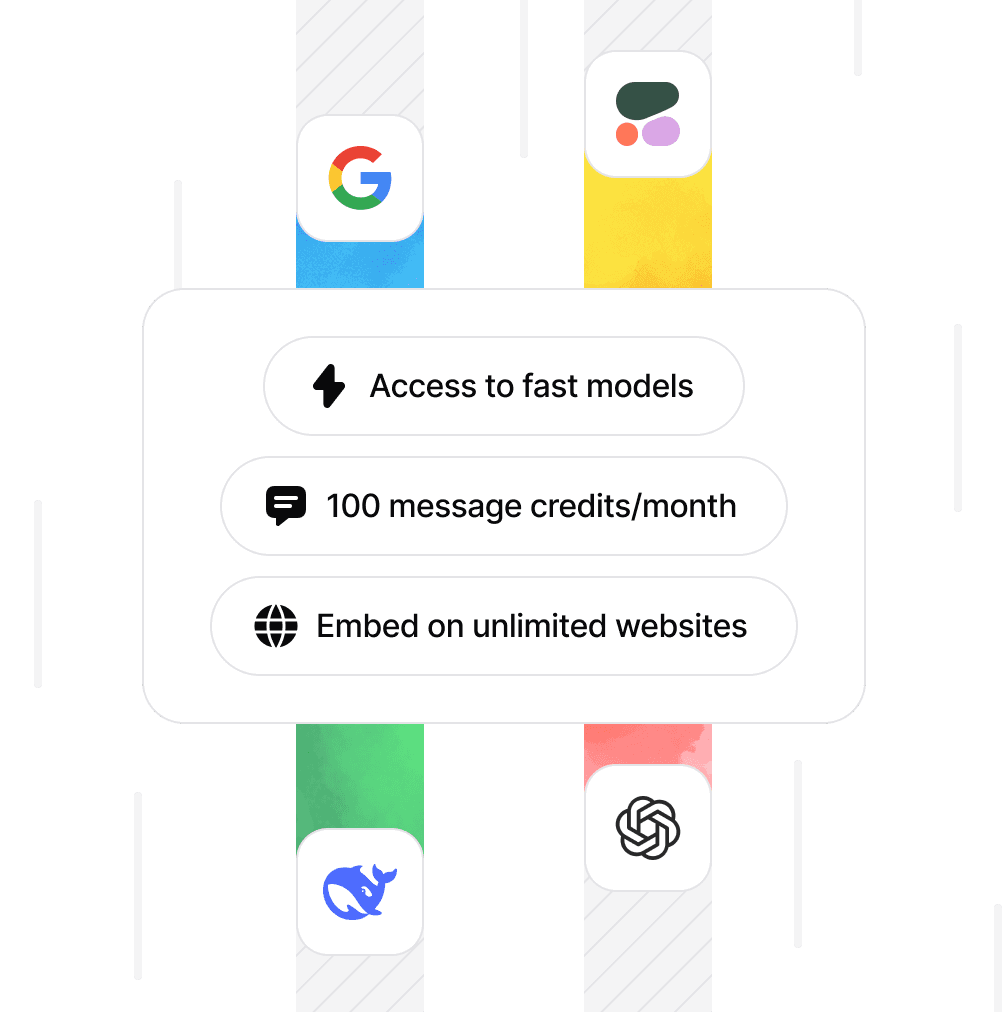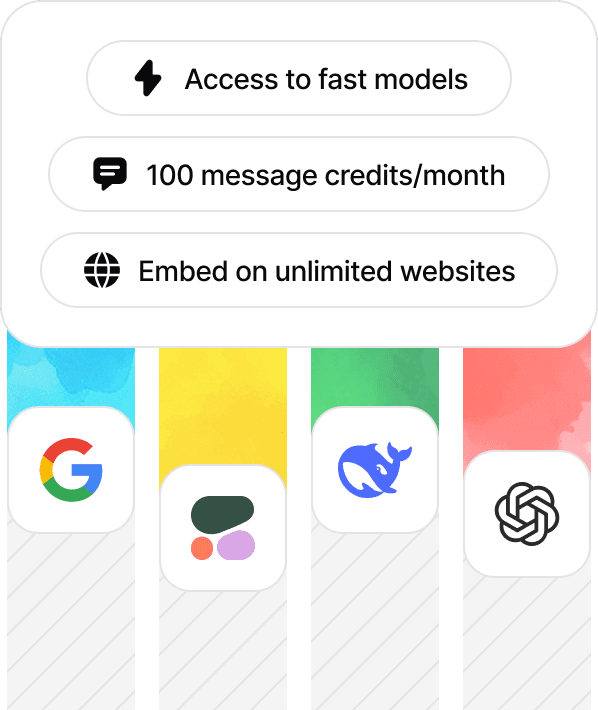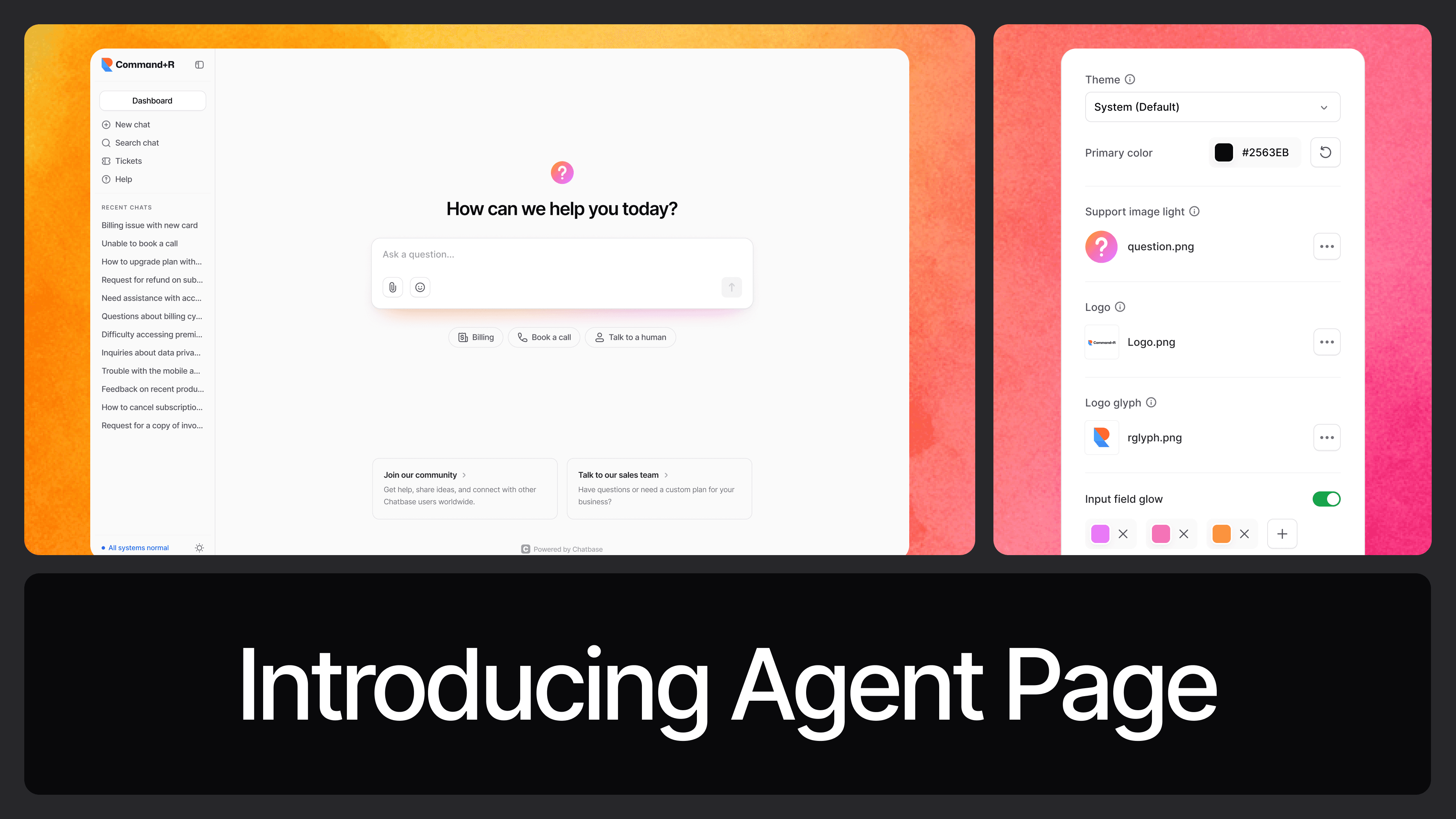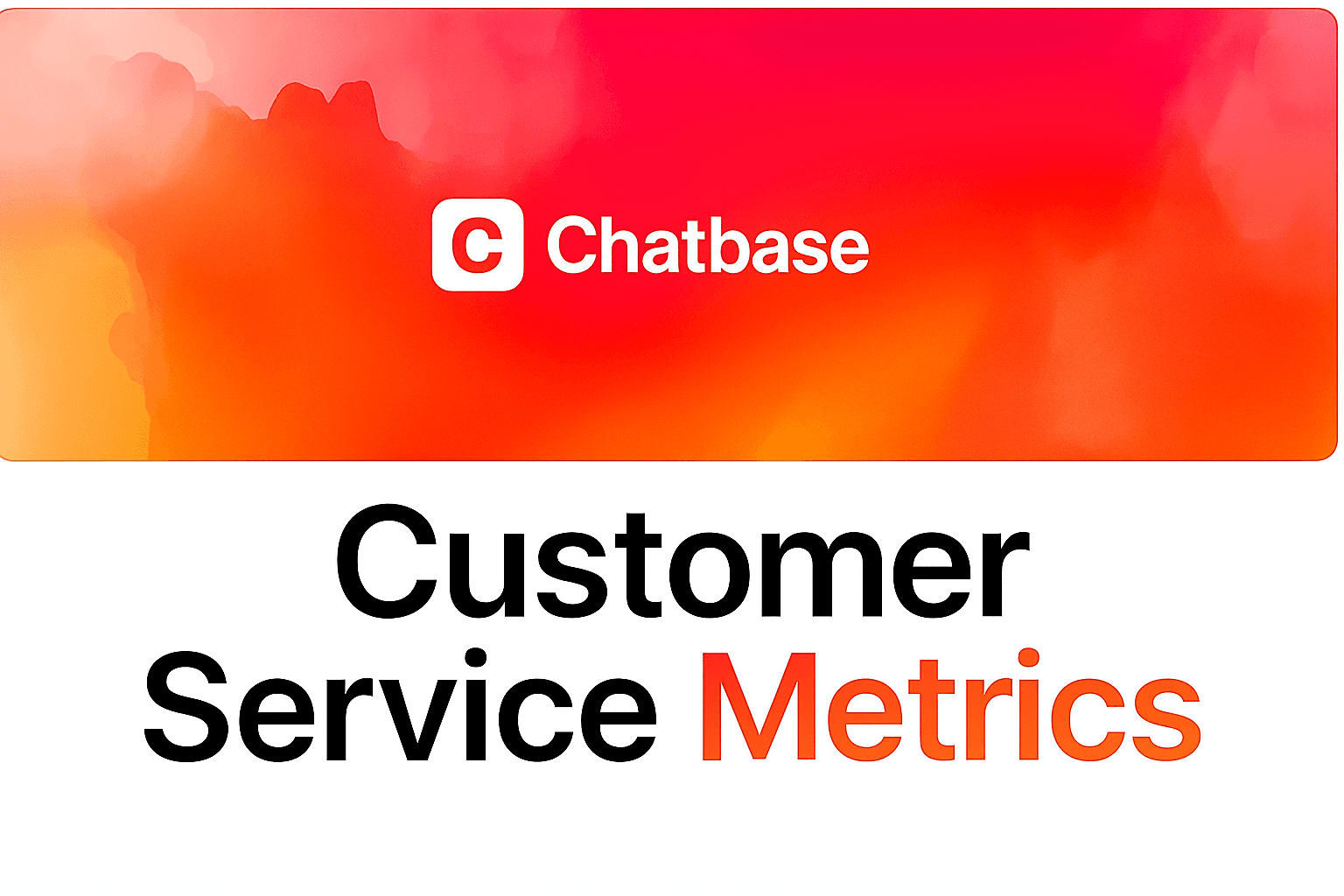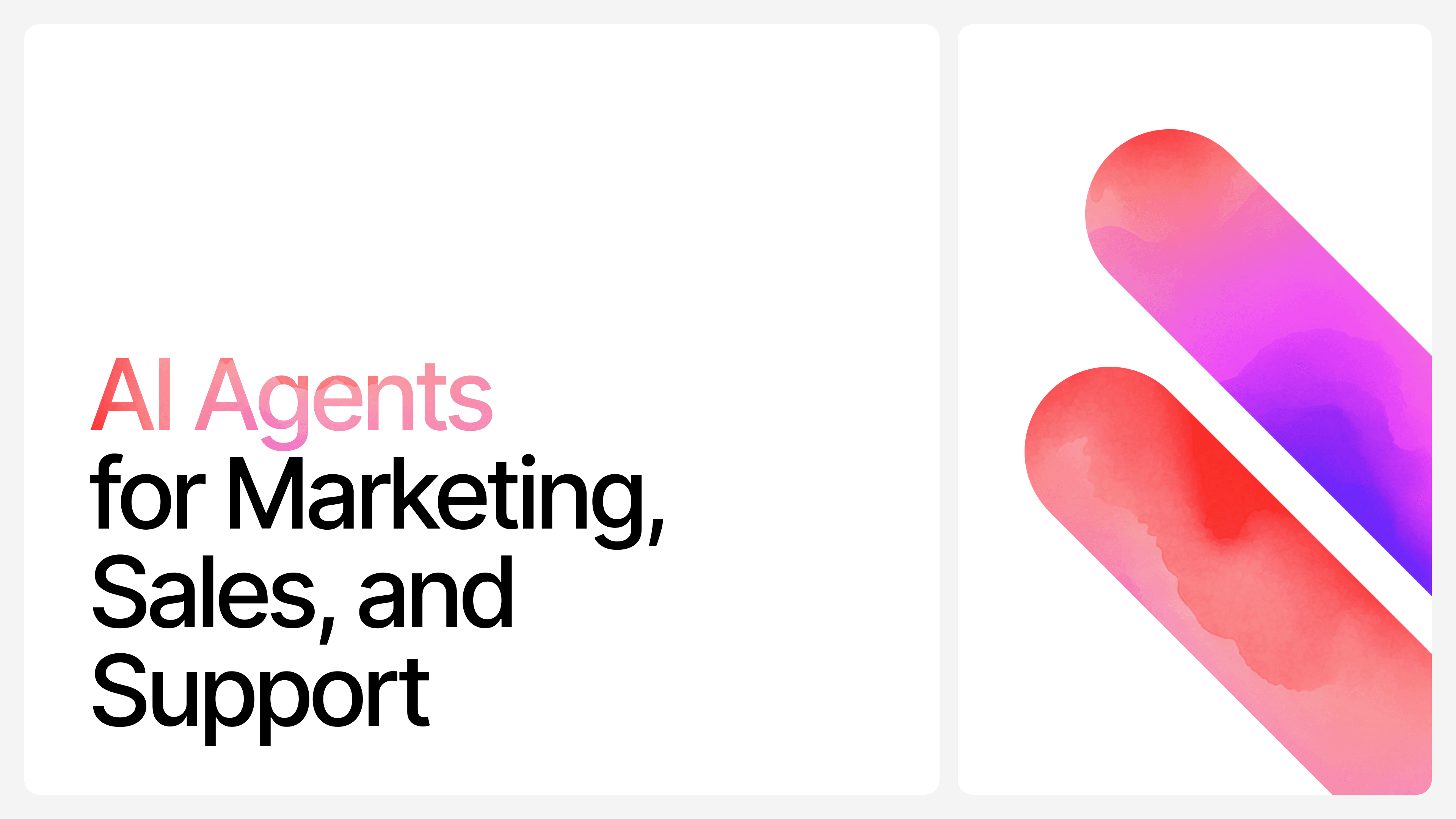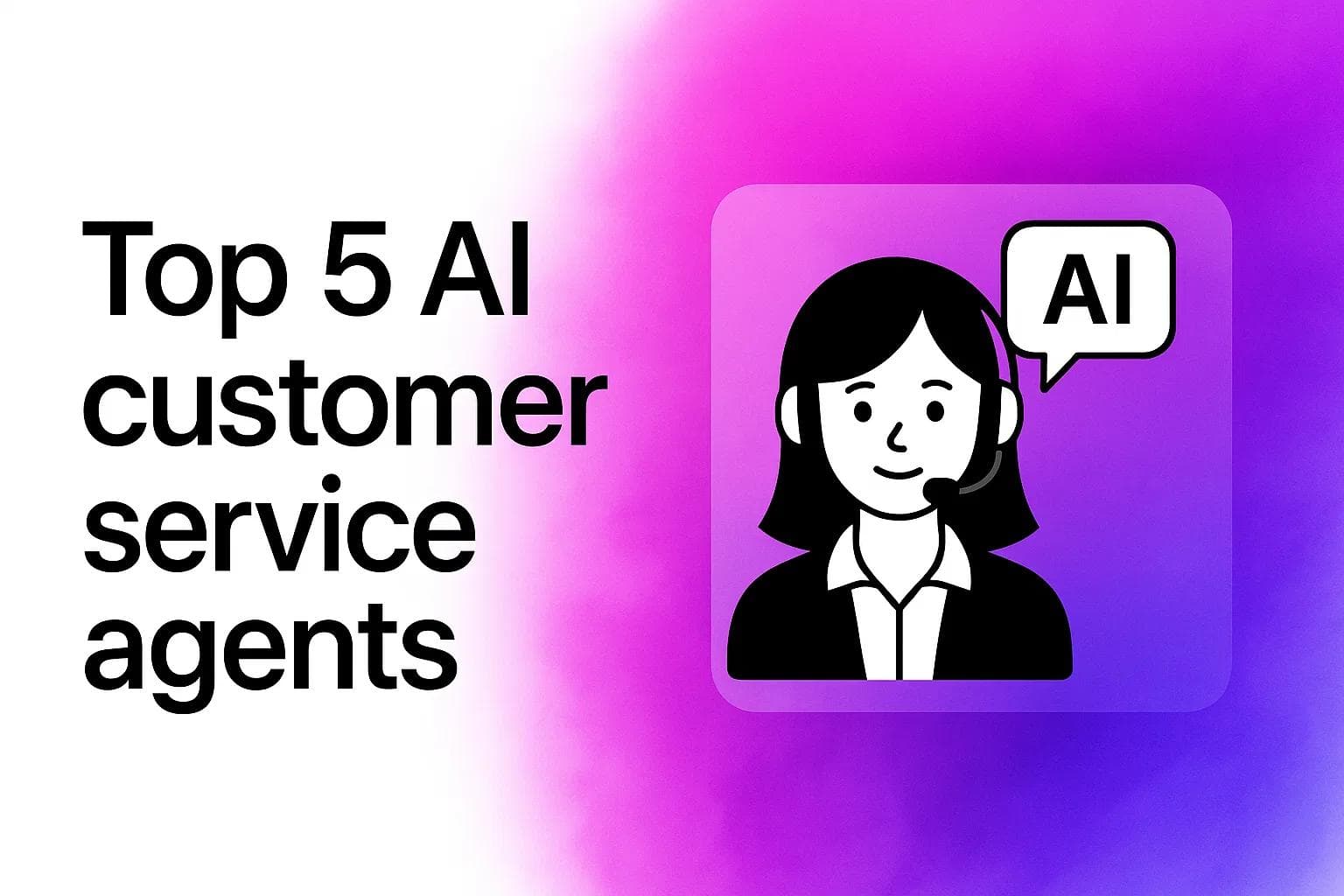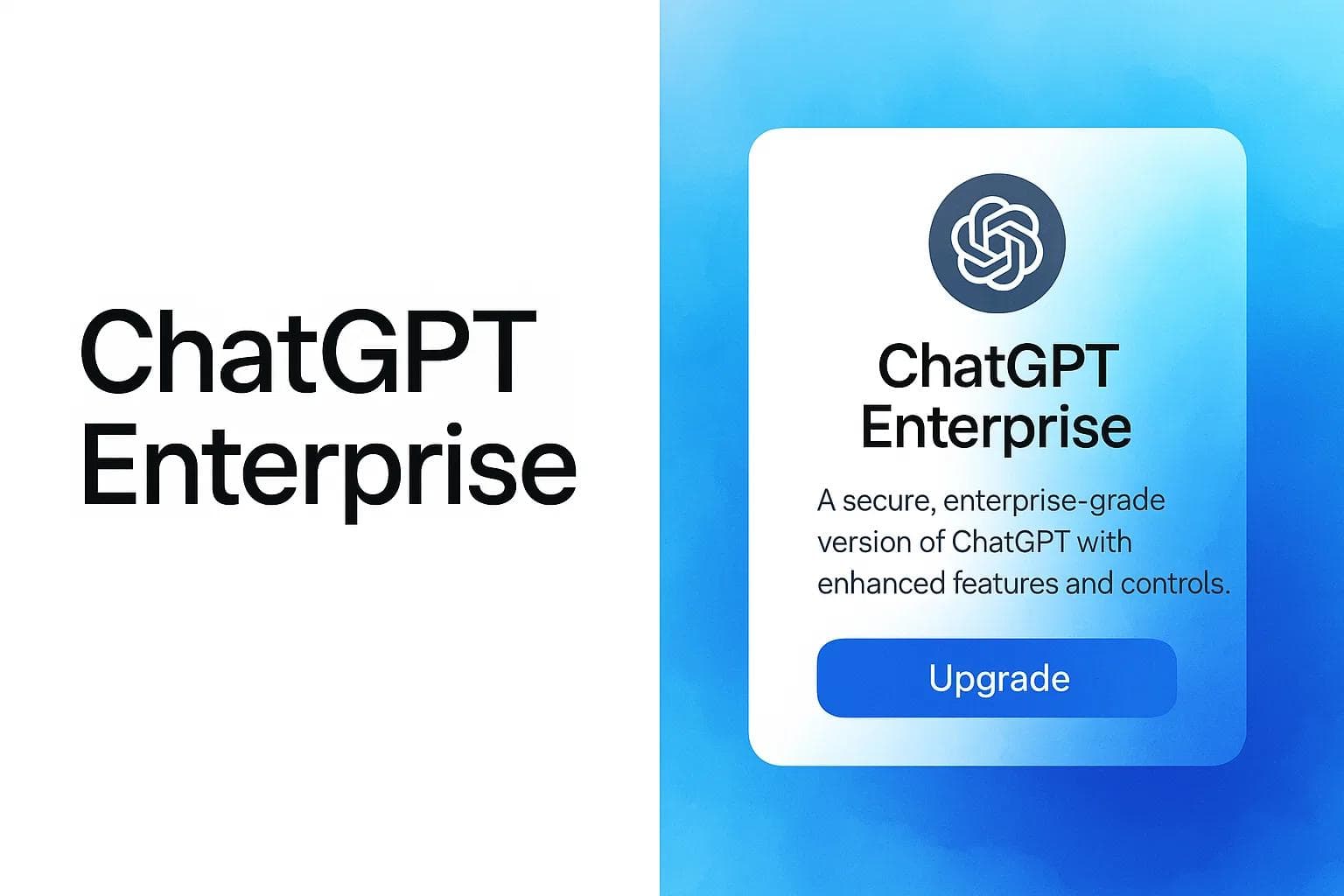Agentic AI vs Generative AI: What's the Difference?
Max T
May 8, 2025
11 min read
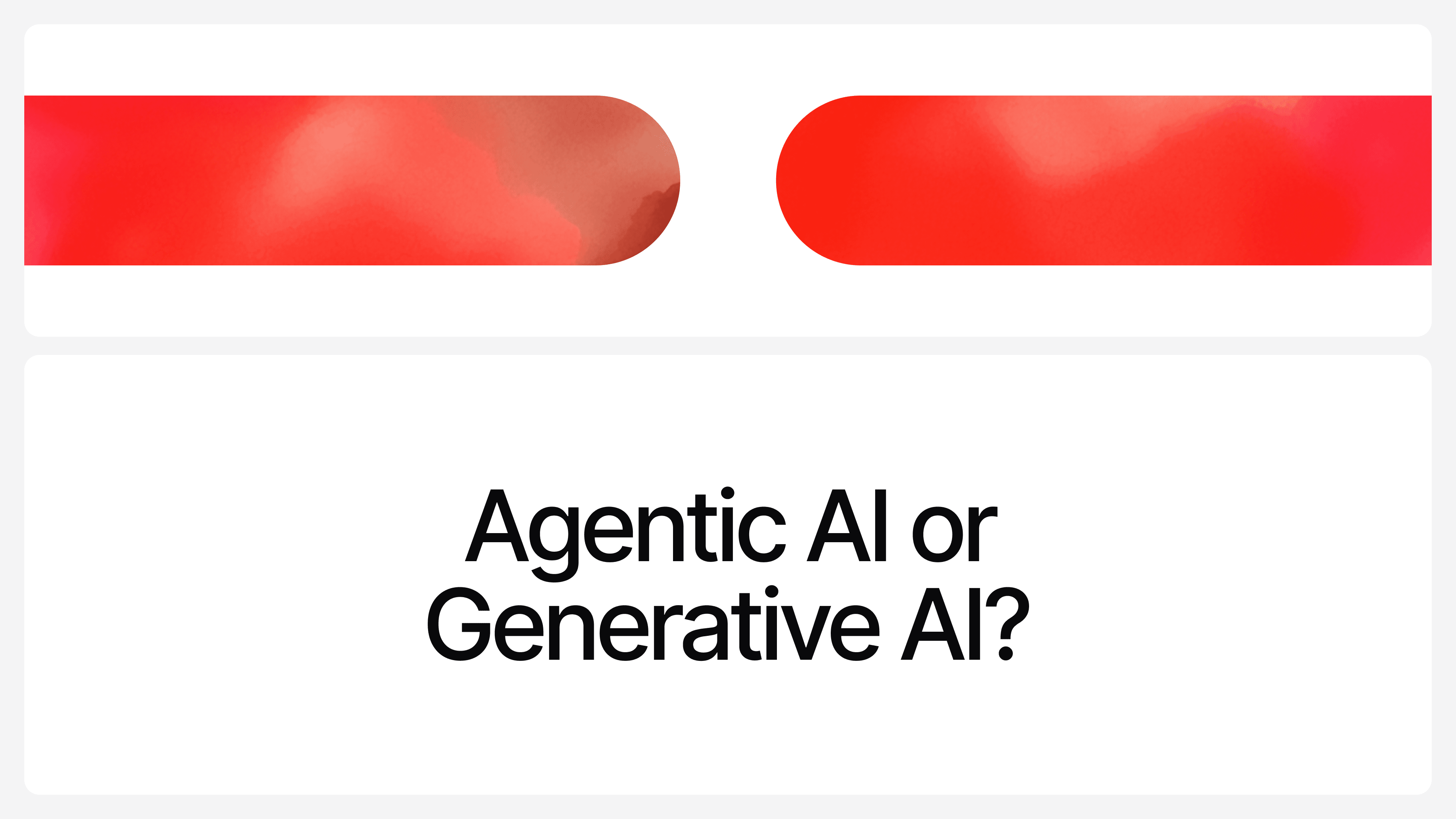
You’ve probably heard a lot about generative AI—ChatGPT, Midjourney, Claude, all that good stuff.
And you’ve probably come across mentions of agentic AI, or maybe AI agents. The term’s been floating around a lot lately. It’s easy to assume it’s just another label for generative AI or to bundle both into the same bucket.
But agentic AI and generative AI aren’t the same thing. Not by a long shot.
If you’re building with AI, trying to automate business workflows, design smart tools for your team, or figure out which type of AI better fits your use case, understanding the difference is not just helpful; it’s super useful.
Lumping them together is one of the biggest blind spots I see in the space right now.
Chances are, you’ve already used generative AI in some form. Maybe you’ve used ChatGPT to brainstorm content or Midjourney to create visuals. That’s generative AI doing what it does best; creating, predicting, completing.
Agentic AI? That’s different. You might’ve seen tools like AutoGPT, or even early prototypes that claim to “act” on your behalf, searching the web, booking meetings, running sequences, making decisions.
The difference between the two isn’t subtle. It’s structural.
It changes how you design with AI, what you can automate, and who stays in the loop.
This piece breaks it all down. These are not textbook definitions, but the practical differences that actually matter when you’re working with these tools day to day.
We’ll look at when to use one, when to use the other, how they overlap, and where they’re headed when they eventually converge.
Let’s get into it.
What Is Generative AI?
Generative AI is all about one thing: producing something new.
It creates. It generates. It completes. It writes. It draws. It composes. It builds based on your prompt.
That’s the core of it.
You give it input, and it gives you output. Text, image, audio, code, video,even image to video… The emphasis here is on generate. That’s the keyword.
You say:
- “Write me a product description.”
- “Summarize this research paper.”
- “Generate an image of a cat in space holding a burrito.”
- “Give me five taglines for a travel startup.”
That’s Generative AI at work.
It’s taking a prompt and producing something.It doesn’t go out and do anything.It doesn't make decisions on your behalf or trigger actions.It just creates; beautifully, often impressively, but still, it's about output, not execution.
Let’s bring this to something more grounded: customer support.
Say you’re running an e-commerce store, and a customer opens up the chatbot and types:
“Hey, what’s your return policy?”
If you’ve deployed a generative AI model like Google Veo 3, GPT-4, or Claude 3.7 Sonnet,what happens?
The model takes that input and generates a coherent response:
“Sure! You can return any item within 30 days of purchase. Just make sure it’s in original condition…”
That’s it. That’s what it does. No action taken. No process triggered. Just generation.
It shines best when you need creative, informational, or explanatory output. For example, if you're using generative AI to draft customer support emails or internal documents, following a proven structure—like those in a professional memo—helps keep communication effective and easy to understand.
What Is Agentic AI?
Agentic AI is about execution! The word agentic comes from “agent”
As in an entity that acts. Not just thinks. Not just creates. Acts.
Agentic AI isn’t here to produce content. It’s here to get things done.
That could mean:
- Running a workflow.
- Fully automating customer service.
- Calling APIs.
- Scheduling meetings.
- Updating a database.
- Searching Google, comparing prices, booking a flight.
- Reading a doc, extracting info, and logging it into your CRM.
It’s the AI that doesn't just answer “What’s your return policy?” It says:
“Let me check your order details… okay, I’ve initiated the return for that product. Expect an email confirmation shortly.”
That’s the shift.
You’re not just asking for info anymore.You’re asking for something to be done.
Generative vs. Agentic: A Real-World Example
Let’s stay with the customer support use case.
If it’s Generative AI:The user types a question.The model reads it and generates a response.You get a well-written text. Maybe even accurate, maybe even human-like.But the buck stops there.
If it’s Agentic AI:The user types the same question.But instead of just a response, the system checks the user’s order ID, calls the return API, and updates the order status.It completes the loop.It finishes the task.
6 Practical Differences Between Agentic AI and Generative AI
Agentic AI is about execution; it does.Generative AI is about creation; it generates.
Agentic AI moves things forward; schedules a call, sends an email, places an order.Generative AI stops at the idea level; it suggests what to say in the email, what time to meet, or what to order.
Agentic AI operates in flows; a user says something, the system responds and acts.Generative AI operates in turns; you prompt it, it replies, and waits for the next prompt.
Agentic AI is workflow-driven; it’s built to follow through.Generative AI is prompt-driven; it’s built to reply.
Agentic AI is like hiring a virtual assistant who knows what to do next.Generative AI is like talking to an expert who tells you what you could do next.
Agentic AI runs on autonomy; it follows rules, goals, or triggers and acts independently.Generative AI runs on context; it relies on what you say to generate a smart response.
But They’re Not Opposites
These two aren’t mutually exclusive.
In fact, they feed each other.
Agentic AI often uses generative models internally. It might generate the email to be sent after it triggers the return process. It might generate the follow-up message to explain the outcome of the action it just took.
Meanwhile, generative models can power the conversational interface of an agentic system, making it more natural, adaptive, and flexible.
Things work best when the two come together.
Knowing when to use each and how to combine them is what separates a toy from a real solution.
When to Use Generative AI vs. When to Use Agentic AI
Not every AI use case needs to do.Sometimes, it just needs to say.And sometimes, saying isn’t enough, it needs to act.
Knowing when to reach for Generative vs. Agentic AI can save you time, resources, and a lot of friction in your workflow.
Use Generative AI When:
You need to create something.
- Writing content: product descriptions, blog posts, emails, ad copy.
- Summarizing documents or meetings.
- Brainstorming ideas, taglines, feature names.
- Translating languages.
- Generating visual or audio assets.
Think of it as your creative assistant. It’s great when you want to go from blank to something. It’s fast, flexible, and pretty much always available.
But that’s where it stops.No buttons pushed. No APIs called. No files updated.
Use Agentic AI When:
You want things to get done.
- Automating internal processes like lead follow-up or data entry.
- Scheduling meetings after a back-and-forth conversation.
- Pulling in live data from a CRM, a spreadsheet, or a third-party tool.
- Handling multi-step tasks like checking inventory, calculating shipping, sending confirmation.
Agentic AI shines when you don’t just want an answer but an outcome. It’s not just smart, it’s hands-on.
You don’t want it to say “Here’s how to fix it.” You want it to go fix it.
The Overlap: Best of Both Worlds
A smart agent is often built on top of a generative model.
It can:
- Use generative AI to converse with the user.
- Then switch to agentic mode to take actions based on what was said.
This blend is what powers some of the most advanced AI assistants today.
Generative AI gives it the brains. Agentic AI gives it the hands.
A Mental Shortcut
If you're not sure which one you need, try this:
- If your goal ends in a sentence: Generative.
- If your goal ends in a result: Agentic.
Get Started with Agentic AI for Business
If you're only using the generative side of AI in your business, you're not getting the full value.
Sure, maybe you're using it to write content. Maybe you're generating visuals. Maybe it's helping you brainstorm ideas or write marketing copy.
But if that’s where it ends, you’re leaving a lot on the table.
Instead of just giving customers a helpful reply, your AI can take action for them. Instead of just showing your team what’s possible, it can do the work.
That’s a massive shift.
When a customer asks, “How can I change my email address?”That’s generative AI.
When they say, “Help me change my email address,”And the AI actually updates it — that’s agentic AI.
Now imagine this across your entire customer experience.
- “Track my shipment.”
- “Cancel this order.”
- “Update my billing info.”
- “Book a new appointment.”
- “Send me my invoice.”
- “Revoke user access for Mark.”
All instantly done — without human involvement.
That’s not just convenient. That’s a better business.
Happier customers.Faster resolution times.Less load on your team.More time for strategic work.
Power All of That with Chatbase
Chatbase helps you build these kinds of AI agents.
You start by training it on your business data: Your FAQs, help docs, internal processes — anything that powers how your business runs.
Then, you connect it with the tools your business already uses. Whether it's Zapier, Make.com, Stripe, Notion, Calendly, your CRM, or a custom API.
Once that’s in place, you’ve got a fully functional, agentic AI working for your business.
It’s not just answering questions. It’s solving real problems, in real time:
- Answering customer questions with precision
- Processing returns and refunds
- Helping users make payments or update orders
- Checking product stock
- Booking appointments
- Updating CRM records
- Escalating complex issues
- Triggering internal workflows
- And more across every part of your operation
Don’t stop at ideas. Start getting things done.
→ Build your first agent today with Chatbase — and put agentic AI to work inside your business.
Share this article:
